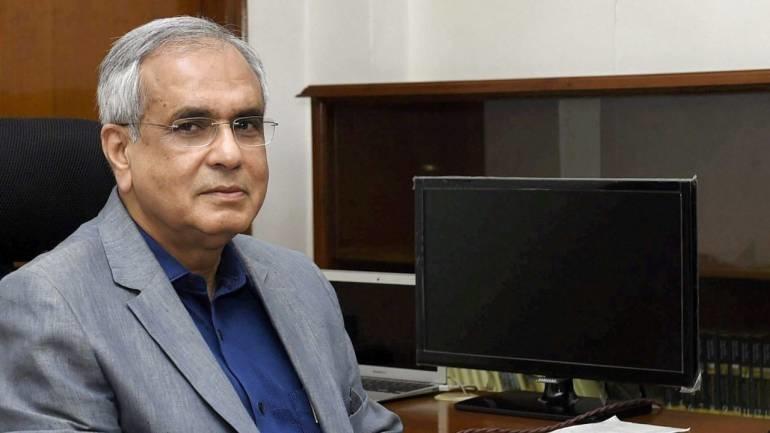NITI Aayog’s Claims on Macroeconomic State Under NDA Are Misleading

Image Coutesy: Moneycontrol
On May 26, the day when Narendra Modi completed four years of his rule, NITI Aayog’s vice chairman Rajiv Kumar told the media that the government’s performance in various macroeconomic parameters has been “miraculous”, while comparing it with the previous UPA government.
“With that kind of legacy, it is quite miraculous that we have come to where we are at this moment in terms of macroeconomics," said Kumar. He further added that the inflation has gone down, foreign exchange reserves are at a high, the fiscal deficit is in control and growth has accelerated. But any layman, who knows about the precarious state the Indian economy is in today would realise that the NITI Aayog is misleading with its claims. A look at these parameters during the said period would reveal that the current economy under NDA is in ruins
Growth rate
What is the current state of Indian economy today? Let’s consider the growth rate first. Despite NDA government’s radical changes in the entire basis of calculating the gross domestic product (GDP), the revised numbers reveal the declining growth rate. As per the government’s own data, the growth rate has fallen from 8.2% in 2015-16 to 7.1% in 2016-17 and further to 6.6% in 2017-18. In spite of the conducive global economic environment during this period, while most developed countries, including the United States, have seen their economies recovering, India, on the other side, failed miserably in the ideal setting.
Inflation
One of the many boasts of the Modi government is that it has reduced inflation in the last four years. In order to buttress its claim, the official wholesale price index figures are quoted. However, the reality of price rise under the NDA regime is the other way around. Between May 2014 and April 2018, the prices in rural India have risen almost 21% on an average and in urban areas, the prices have risen by about 17%, as per the government’s own consumer price index (CPI) estimations.
Fiscal Deficit
The fiscal deficit is defined as the gap between the government’s revenues and its expenses. With the changes brought in GDP measurements, the gross fiscal deficit of India seem to be in control (the gross fiscal deficit, which includes interest payments, is down from 4.5% to 3.2%, between May 2014 and April 2018 based on preliminary figures), whereas the figures don’t reflect the expected benefits such as strengthening the rupee’s value. While in May 2014, the dollar was worth Rs 59. Today, it is worth Rs 67.8.
The Modi government’s spree of selling off public sector assets is crucial for the decreasing fiscal deficit figures. In 2017-18, as against a budget estimate of capital receipts from the sale of public sector assets of Rs 75,000 crores, the finance minister Arun Jaitley proudly claimed in his budget speech of 2018-19 that he had managed to sell off Rs 1,00,000 crores worth of public sector assets.
Forex reserve
India's foreign exchange reserve is the only macroeconomic sector where considerable improvement has been recorded. The figure jumped to $415.05 billion as of May 25, 2018, from $312.66 billion on May 30, 2014, as per RBI data. Despite trade deficit and weakening rupee value, the increased forex reserves only point out the timely intervention by the Reserve Bank of India.
Get the latest reports & analysis with people's perspective on Protests, movements & deep analytical videos, discussions of the current affairs in your Telegram app. Subscribe to NewsClick's Telegram channel & get Real-Time updates on stories, as they get published on our website.
























